Indications
Therapeutic Class
Pharmacology
Dosage
Adults: In adult patients, the recommended regimen is two doses of 20 mg each. The first 20 mg dose should be given within 2 hours prior to transplantation surgery. The recommended second 20 mg dose should be given 4 days after transplantation. The second dose should be withheld if complications such as severe hypersensitivity reactions to Basiliximab or graft loss occur.
Pediatric: In pediatric patients weighing less than 35 kg, the recommended regimen is two doses of 10 mg each. In pediatric patients weighing 35 kg or more, the recommended regimen is two doses of 20 mg each. The first dose should be given within 2 hours prior to transplantation surgery. The recommended second dose should be given 4 days after transplantation. The second dose should be withheld if complications such as severe hypersensitivity reactions to Basiliximab or graft loss occur.
Administration
Basiliximab is used as part of an immunosuppressive regimen that includes cyclosporine (MODIFIED) and corticosteroids. Basiliximab is for central or peripheral intravenous administration only. Reconstituted Basiliximab should be given either as a bolus injection or diluted to a volume of 25 mL (10-mg vial) or 50 mL (20-mg vial) with normal saline or dextrose 5% and administered as an intravenous infusion over 20 to 30 minutes. Bolus administration may be associated with nausea, vomiting and local reactions, including pain.
Basiliximab should only be administered once it has been determined that the patient will receive the graft and concomitant immunosuppression. Patients previously administered
Basiliximab should only be re-exposed to a subsequent course of therapy with extreme caution due to the potential risk of hypersensitivity.
Parenteral drug products should be inspected visually for particulate matter and discoloration before administration. After reconstitution, Basiliximab should be a clear-to-opalescent, colorless solution. If particulate matter is present or the solution is colored, do not use.
Care must be taken to assure sterility of the prepared solution because the drug product does not contain any antimicrobial preservatives or bacteriostatic agents.
Interaction
Contraindications
Side Effects
Serious side effect such as:
- Pain or burning when you urinate
- Easy bruising or bleeding, unusual weakness
- Tremors, shaking
- Fever, chills, body aches, flu symptoms, vomiting, diarrhea
- Trouble breathing
- Pale skin, feeling light-headed or short of breath, rapid heart rate, trouble
Pregnancy & Lactation
Pregnancy Category B. There are no adequate and well-controlled studies in pregnant women. No maternal toxicity, embryotoxicity, or teratogenicity was observed in cynomolgus monkeys 100 days post coitum following dosing with basiliximab during the organogenesis period; blood levels in pregnant monkeys were 13-fold higher than those seen in human patients. Immunotoxicology studies have not been performed in the offspring. Because IgG molecules are known to cross the placental barrier, because the IL-2 receptor may play an important role in development of the immunesystem, and because animal reproduction studies are not always predictive of human response, Basiliximab should only be used in pregnant women when the potential benefit justifies the potential risk to the fetus. Women of childbearing potential should use effective contraception before beginning Basiliximab therapy, during therapy, and for 4 months after completion of Basiliximab therapy.
Nursing Mothers: It is not known whether Basiliximab is excreted in human milk. Because many drugs including human antibodies are excreted in human milk, and because of the potential for adverse reactions, a decision should be made to discontinue nursing or to discontinue the drug, taking into account the importance of the drug to the mother.

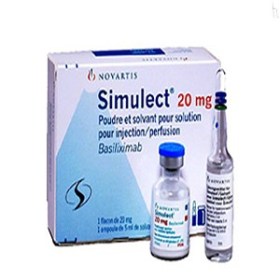



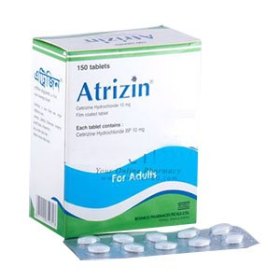
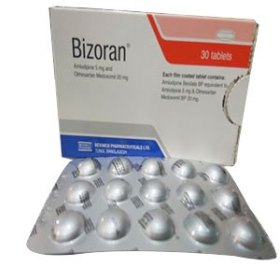
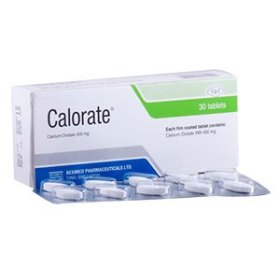

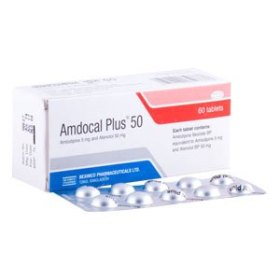
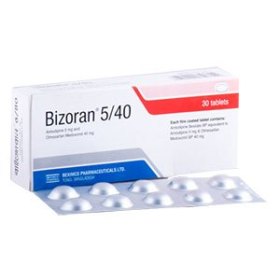

Reviews
There are no reviews yet.